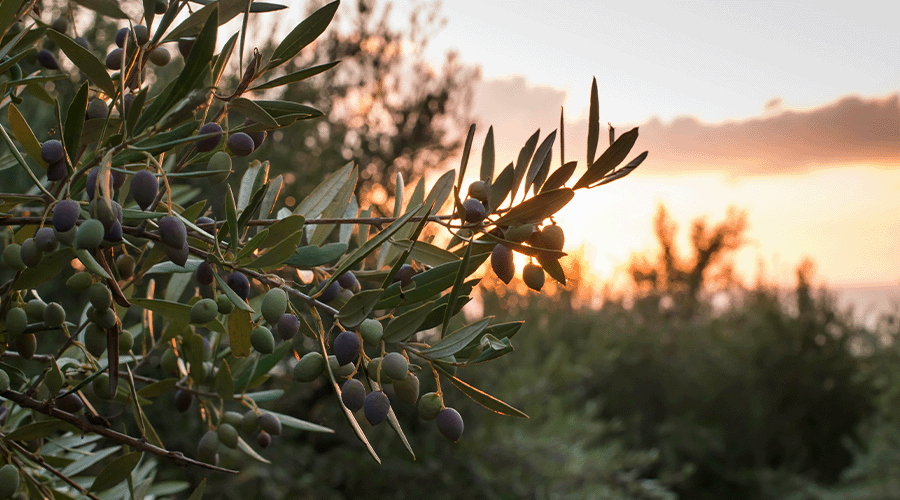Olive oil is a tremendous natural resource that plays an important role not only in our cuisine but also in our health. This golden liquid is obtained by crushing and squeezing olives and attracts attention with the surprising properties it contains. More than just an ingredient that adds flavor, olive oil is a health elixir full of antioxidants and a natural solution that helps prevent a number of health problems. In this article, get ready to discover how olive oil is a champion not only in the kitchen but also in the field of health.
Olive Oil Tastes Different in Every Region and Brand
Olive trees grow widely in many countries around the world due to climatic differences and geographical features. It is thought that there are nearly 1000 species of olive trees. Although the number of olive trees is constantly changing, it is estimated that there are an average of 800 million olive trees worldwide. These trees are concentrated in regions suitable for the Mediterranean climate, especially in countries such as Spain, Italy, Greece, Turkey, Morocco and Syria. Olive diversity exists in a wide range depending on various climate and soil conditions. This means many different types of olives and olive oils.
Olive Trees Can Live for 1000 Years
The olive tree is a long-lived tree that attracts attention with its natural elegance and durability. These trees, which generally live up to 500 years, can last up to 1000 years. With proper care and suitable climatic conditions, they can appear almost immortal. An interesting detail is the complexity of estimates of the ages of olive trees; because their bodies can expand and hollow out over the years, making it difficult to determine their exact age. Olive trees resemble a history book with their characteristic trunk structures and branches over time.
Did You Know That Black and Green Olives Are the Same?
Black and green olives represent two different types of olive tree fruit. Black olives are a type of olive that turns black when ripe. This process involves fermentation, usually with brine or water. Black olives generally have a softer texture and a distinct flavor profile. On the other hand, green olives are the type of olives that are harvested before they ripen. Olives that remain green are usually treated in salt water or water. Green olives can often have a firmer texture and slight bitterness. Both black and green olives are commonly used in Mediterranean cuisine and are rich in healthy fats, vitamins and antioxidants.
The Color of Olive Oil May Change Over Time
Yes, the color of olive oil may change over time. This change is related to the oxidation of chlorophyll, carotenoids and other pigments in olive oil. High-quality extra virgin olive oil usually starts out greenish-yellow or green in color. However, its color may change over time and as it interacts with external factors such as light, heat and air.
Olive oil can undergo oxidative degradation when exposed to light and heat. This can affect the quality of the olive oil and create a rancid taste. Therefore, it is important to store olive oil in a cool, dry place, away from direct sources of light and heat.
The Leaves of Olive Trees Never Fall and Always Stay Green
Olive trees are known as durable and long-lived trees. Some olive trees can live for more than a thousand years. Due to these features, olive trees are widely grown and have economic importance, especially for olive fruit production.
Olive trees are generally evergreen and do not shed their leaves. This feature classifies olive trees as “evergreen” trees. The thick, deep green leaves of the olive tree often remain green even during the winter season. This allows olive trees to grow well in temperate climates, such as the Mediterranean climate.



